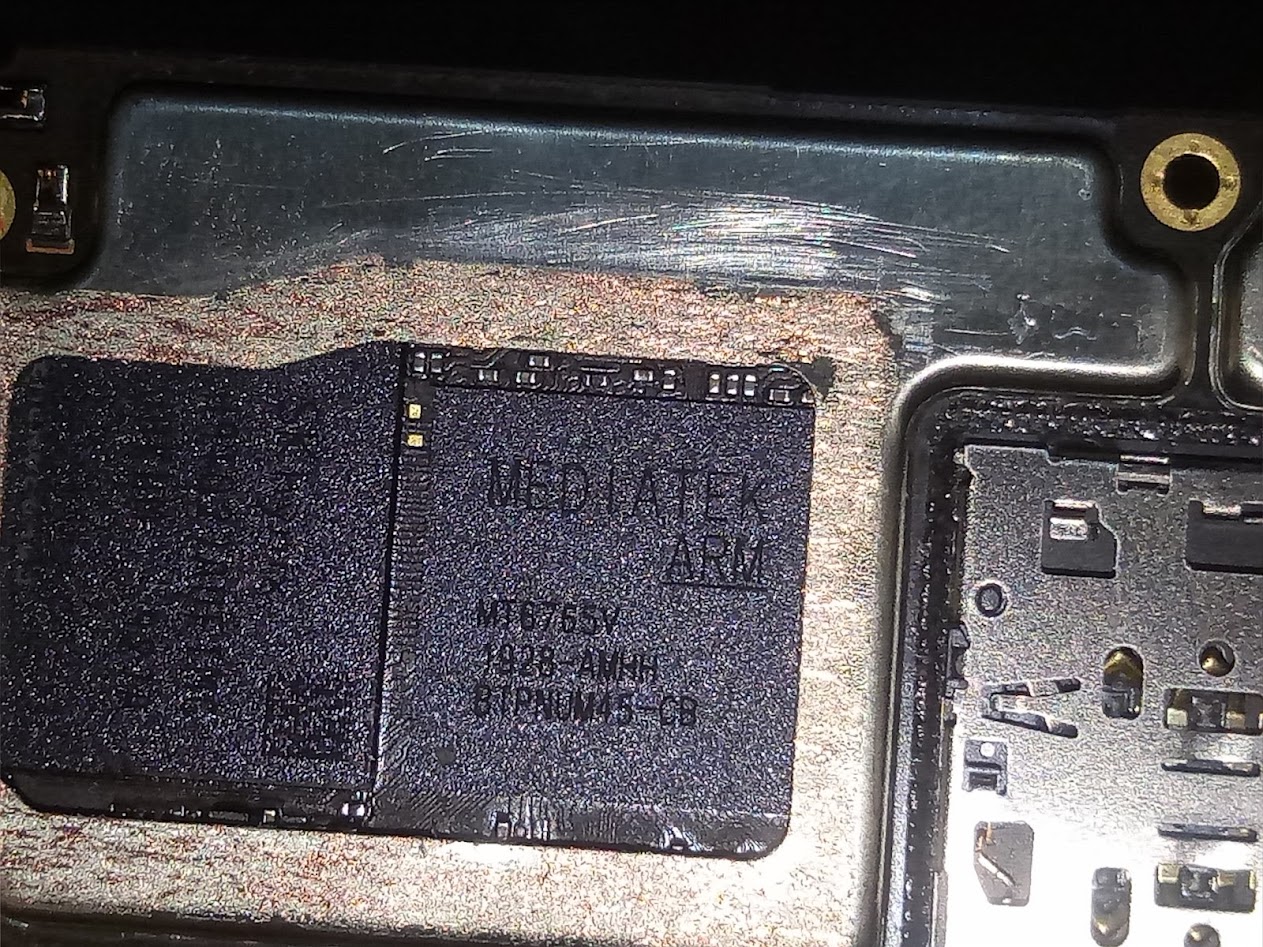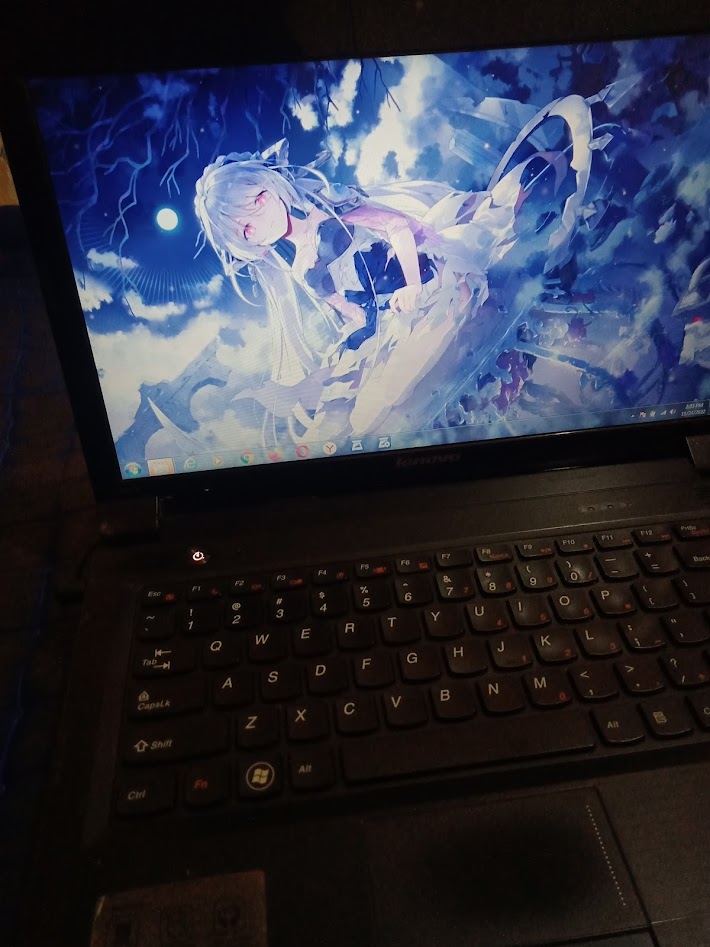Comparing: AMD Radeon HD 6520G vs IMG PowerVR Rogue GE8320 680MHz
In this comparison, we analyze two Videocards: AMD Radeon HD 6520G and IMG PowerVR Rogue GE8320 680MHz, using synthetic benchmark tests to evaluate their overall performance. This side-by-side comparison helps users understand which hardware delivers better value, speed, and efficiency based on standardized testing. Whether you're building a new system or upgrading an existing one, this benchmark-driven evaluation offers valuable insights to guide your decision.

AMD Radeon HD 6520G
| Type: | Videocards |
|---|---|
| Brand: | AMD |
| Model: | Radeon HD 6520G |

IMG PowerVR Rogue GE8320 680MHz
| Type: | Videocards |
|---|---|
| Brand: | Imagination |
| Model: | PowerVR GE8320 680MHz |
Specification Comparison Table
This specification comparison presents technical details of several devices or components to help you understand the key differences between each option. Use this table as a reference to determine which device best suits your needs.
| Specification | AMD Radeon HD 6520G | IMG PowerVR Rogue GE8320 680MHz |
|---|---|---|
| Architecture | Terascale 2 | PowerVR Series8XE |
| Codename | Llano | - |
| Buswidth | 64 bit | - |
| Clock | 400 MHz - - | 400 MHz - 680 MHz |
| Memory Clock | 512MB DDR3 (SHARED) | - |
| Technology | 32 nm | 20 nm |
| Interface | IGP | IGP |
| Technology | 32 nm | 20 nm |
| Segment | Laptop | Mobile |
Submission Comparison Table
This submission comparison table displays the number and details of benchmark data submissions from various devices or components. This information helps you understand the performance based on the benchmarks that have been tested, as well as providing an overview of the consistency and popularity of the available benchmark results.
Submission Comparison Chart
This chart visualizes the benchmark scores comparison between two hardware devices based on submitted data.
Media Gallery
A collection of photos of tested hardware. These images can help you identify the physical form, model, and variant of the hardware in question. These photos are from our own documentation, and if they are not available we may not be able to document them.
About Hardware AMD Radeon HD 6520G
The AMD Radeon HD 6520G is an integrated graphics processor embedded in the AMD A6-3400M APU, released in 2011 as part of AMD's Llano family. Featuring 320 stream processors with a VLIW5 architecture and a maximum clock speed of around 400 MHz, this GPU was designed to provide entry-level graphics performance for budget laptops and all-in-one systems at the time. As an integrated GPU, the Radeon HD 6520G does not have dedicated VRAM; instead, it shares the system memory, meaning its performance heavily depends on the type and speed of RAM installed. Systems equipped with dual-channel DDR3 RAM see a noticeable boost in graphics performance compared to single-channel configurations.
In terms of gaming capabilities, the Radeon HD 6520G can run older or less demanding titles at 720p resolution with low graphical settings. Games such as Counter-Strike: Source, Left 4 Dead 2, and League of Legends remain playable, albeit at modest frame rates. However, when it comes to modern AAA games or graphically intensive applications, the HD 6520G struggles due to its limited clock speeds, shader count, and lack of support for newer graphical APIs like DirectX 12 or Vulkan. Despite these limitations, this GPU remains useful for everyday computing tasks such as video playback, light photo editing, and basic office productivity.
Compared to contemporary integrated graphics solutions, the Radeon HD 6520G is outdated but still holds value for users with legacy laptops like the Lenovo Sabine B475 that run older operating systems such as Windows 7. For those seeking a budget-friendly laptop for general usage without demanding graphics workloads, the HD 6520G offers sufficient performance for casual use while maintaining low power consumption. Overall, this GPU highlights the evolution of integrated graphics from the early 2010s, illustrating how far mobile graphics have advanced in terms of power, efficiency, and features.
Hardware Detail:
Device: Lenovo Sabine B475
RAM: 2GB DDR3
OS: Windows 7
Thursday, 24 November 2022 05:29:20 | Update: 1 month ago
About Hardware IMG PowerVR Rogue GE8320 680MHz
The PowerVR GE8320 is Imagination Technologies' Rogue architecture-based integrated GPU embedded in the MediaTek Helio P35 (MT6765) SoC. The GPU comes with two shader clusters and runs at a frequency of up to 680 MHz, delivering good power efficiency and sufficient performance for lightweight graphics needs in entry-level smartphones.
With support for modern graphics APIs such as OpenGL ES 3.2, Vulkan 1.0, and OpenCL 1.2, the PowerVR GE8320 is capable of running a variety of multimedia applications and light games on Android devices. While not ideal for intensive 3D games or professional graphics applications, this GPU still provides a smooth user experience in everyday activities such as video playback, social media, browsing, and light multitasking.
This GPU is used in entry-level devices like the OPPO A5s and OPPO A15s, which feature 3/32GB and 4/64GB RAM and storage configurations, respectively. In a 30°C ambient temperature test using a DHT11 sensor, devices with this GPU showed fairly stable thermal performance. Using the OPPO A15s is more recommended for testing and using the latest apps due to its higher operating system support (Android 10), while some apps no longer support Android 8.
The PowerVR GE8320 GPU demonstrates competitive performance in a series of synthetic tests. In the 3DMark Ice Storm benchmark, this GPU achieved a score of 10,470 points, indicating its ability to handle light to medium graphics. In the 3DMark Sling Shot Extreme benchmark, the PowerVR GE8320 scored 404 points, reflecting its limits in handling heavy graphics processing based on OpenGL ES 3.1. Meanwhile, in the AnTuTu v9 GPU-specific benchmark, it recorded a score of 12,248 points, positioning it as an efficient entry-level graphics solution for everyday needs. Finally, in Geekbench 4 Compute, the GPU achieved a score of 3,284 points, demonstrating sufficient computational performance to run applications with basic graphics acceleration. Overall, the PowerVR GE8320 is suitable for use in mid-to-low-end mobile devices with moderate graphics requirements.
These benchmark results show that the PowerVR GE8320 is capable of handling basic graphics quite well, but it is not intended for heavy graphics workloads. This GPU is ideal for use in devices with HD screen resolutions that are focused on battery efficiency and a smooth daily usage experience.
Hardware Detail:
Device: OPPO A5s & OPPO A15s.
Device Specs: MediaTek MT6765, 3/32 (A5s), 4/64 (A15s), Android 8 (A5s), Android 10 (A15s).
Room Temperature: 30°C based on DHT11 Sensors.
* I use the OPPO A15s device as an addition to the Imagination PowerVR Rogue GE8320 680MHz hardware, because some applications do not support devices with Android 8 version
Sunday, 08 September 2019 11:02:46 | Update: 5 days ago



